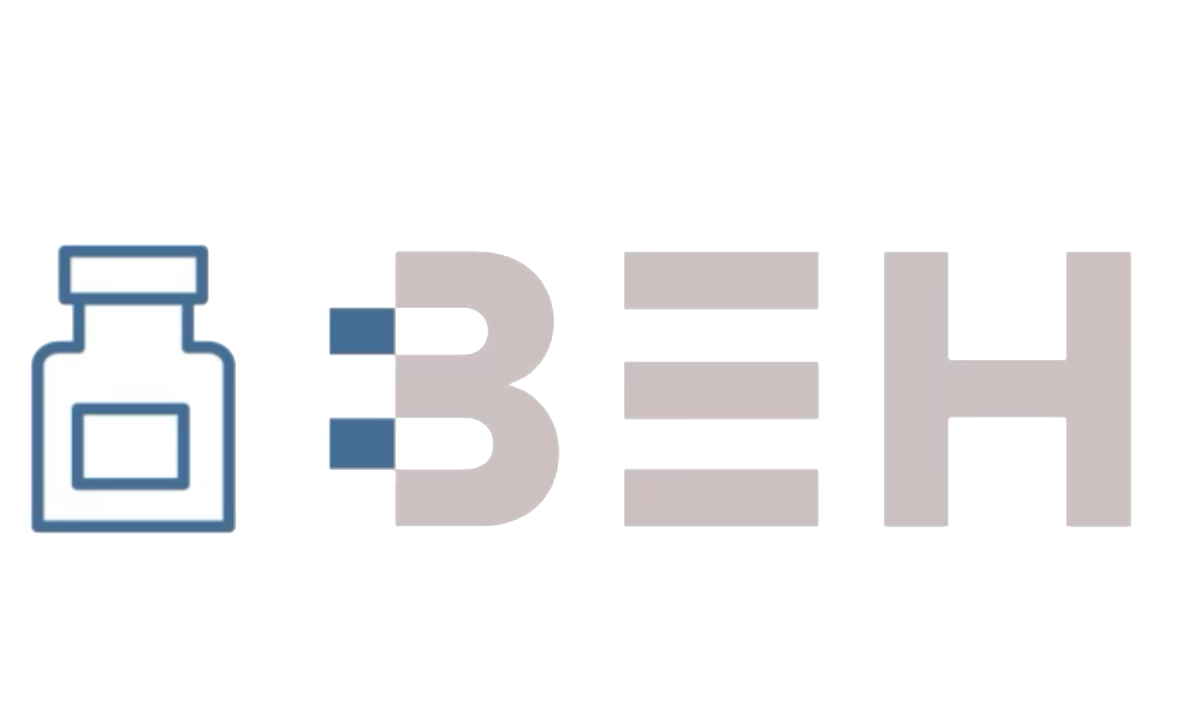The Healing Power of Music Therapy
Music has been widely known for its ability to grasp and uplift one’s inner emotions, connect people, and provide comfort during times of stress, hardship, and life-changing events. However, beyond the intention of sole entertainment, music has increasingly become a form of therapeutic tool within modern healthcare settings. Music therapy has been shown to improve mental health, assist one during physical recovery, and improve one’s overall self-esteem. I had faced an injury personally which had caused me to remain bed-bound for the majority of the day for months on end, and it was music that allowed me to continue each day with a positive attitude to achieve complete physical recovery.
The Science Behind Music Therapy
According to an article by the American Psychological Association, researchers had explored the benefits of music therapy on infants, examining how lullabies sung by parents were seen to be most effective when compared to instrumental rhythms that mimic the heartbeat and inside of the womb. The article further details how the use of music as therapy can help children within pediatric emergency rooms and explains how it has been used to treat adults with several mental health issues, such as depression, anxiety, and PTSD effectively when compared to prescription medications. Additionally, it was shown that vibroacoustic therapy, a form of low-frequency sound vibrations, has been studied to alleviate symptoms of various motion and cognitive conditions such as fibromyalgia, Alzheimer’s, and Parkinson’s disease and enhance a patient’s memory, pain, and motor gait. These are only some of the implications seen within music therapy, but many others are being seen as time continues.
Personal Insights from the Field
During my time in college, one of my upper-division psychology courses touched upon the concept of selective optimization with compensation theory, which falls within the life course approach of sociology. The assertion states that older adults tend to manage their physical and cognitive declines by aligning specific goals that they find most important and optimizing their mental and physical resources to compensate for their losses over the physicality of time. One form of optimization is through more social conversation with family and friends. During my time as an EMT, I have seen a wide variety of patients from all age groups from as young as 2 years old to as old as 104. One way that I have been able to engage in patient conversation was through the use of music. From listening to Taylor Swift to Luther Vandross or even Metalica with all kinds of patients, I was not only able to ensure that they enjoyed their transport but more so that they could engage with this psychological theory through the use of music. The songs would allow them to converse about life with me throughout the transport and ponder about memories throughout their life and I was always willing to listen and be willing to keep the conversation going. Although in a nonexperimental setting, I have seen firsthand how the implementation of music throughout these transports was able to show the effects that music provides to my patients, alleviating their stress and anxiety, and I have motivated many of my coworkers to do the same. I have seen forms of music therapy within skilled nursing facilities and in Board and Care homes for patients in hospice care, further exploring how music therapy has aided many people on the road to recovery and social well-being. Lastly, music therapy does not need to be entirely done within a professional setting. Many community-based programs work on music therapy in collaborative settings such as in schools and anonymous groups.
Community-Based Music Therapy
One therapeutic example is Moving Melodies, located in Newport Beach. This is a musical-based experimental therapy organization that specializes in collective music-making and education for those facing mental health issues or addiction issues. They provide counselors and musical therapists that allow those within the program to be able to foster collaboration and harmoniously work together to find alternative healthy coping mechanisms that traditional prescription medication or medicine cannot. They have also helped many people throughout the program in encouraging a positive growth mindset and stronger self-esteem and wellness. Additionally, they work with children to help expand and assist in developing their social skills, confidence, and social behavior.
The Future of Music Therapy in Healthcare
Music therapy is proving to be a powerful tool in healthcare, which offers benefits beyond traditional remedies. As more research supports its effectiveness, the integration of music therapy is likely to increase in the mainstream medical system. For example, it is currently used to assist patients within the spectrum of autism disorder and dementia. Using the therapeutic capacity of music, healthcare providers can offer overall, innovative, and patient-centered care.
For those interested in searching for music therapy, looking for a certified music therapist or participating in community programs can be an excellent first step towards experiencing your healing power firsthand.
References:
Novotney, A. (2013, November 1). Music as medicine. Monitor on Psychology, 44(10). https://www.apa.org/monitor/2013/11/music
"Moving Melodies." Moving Melodies, www.wearemovingmelodies.com.

